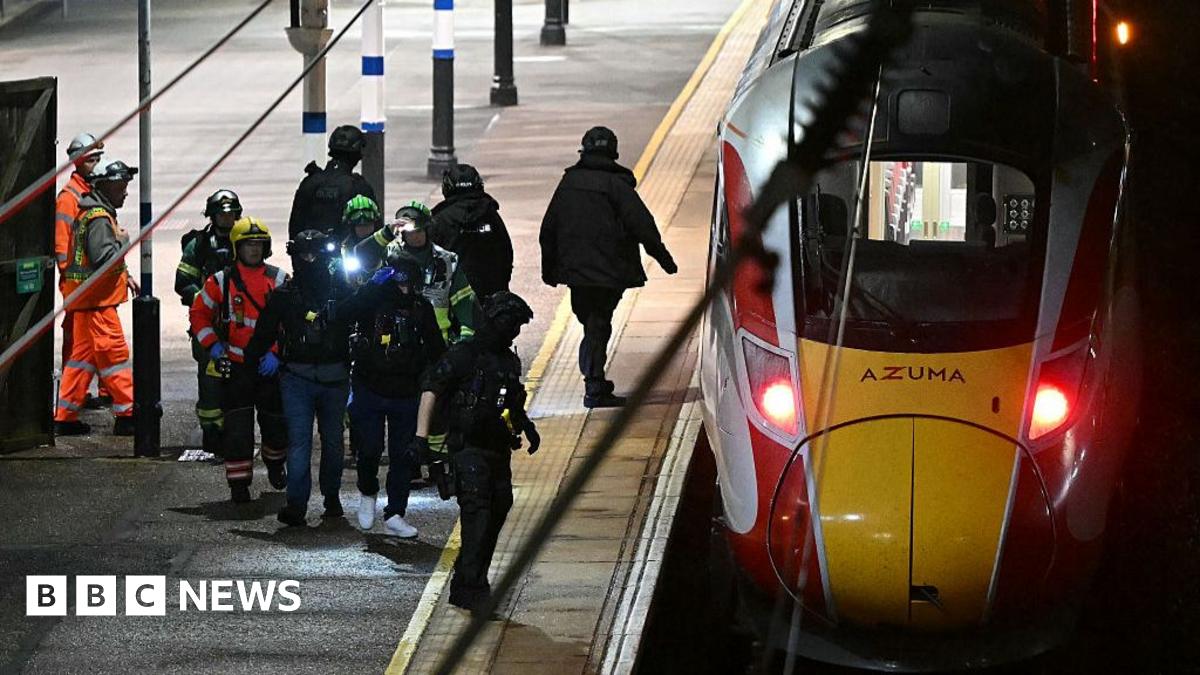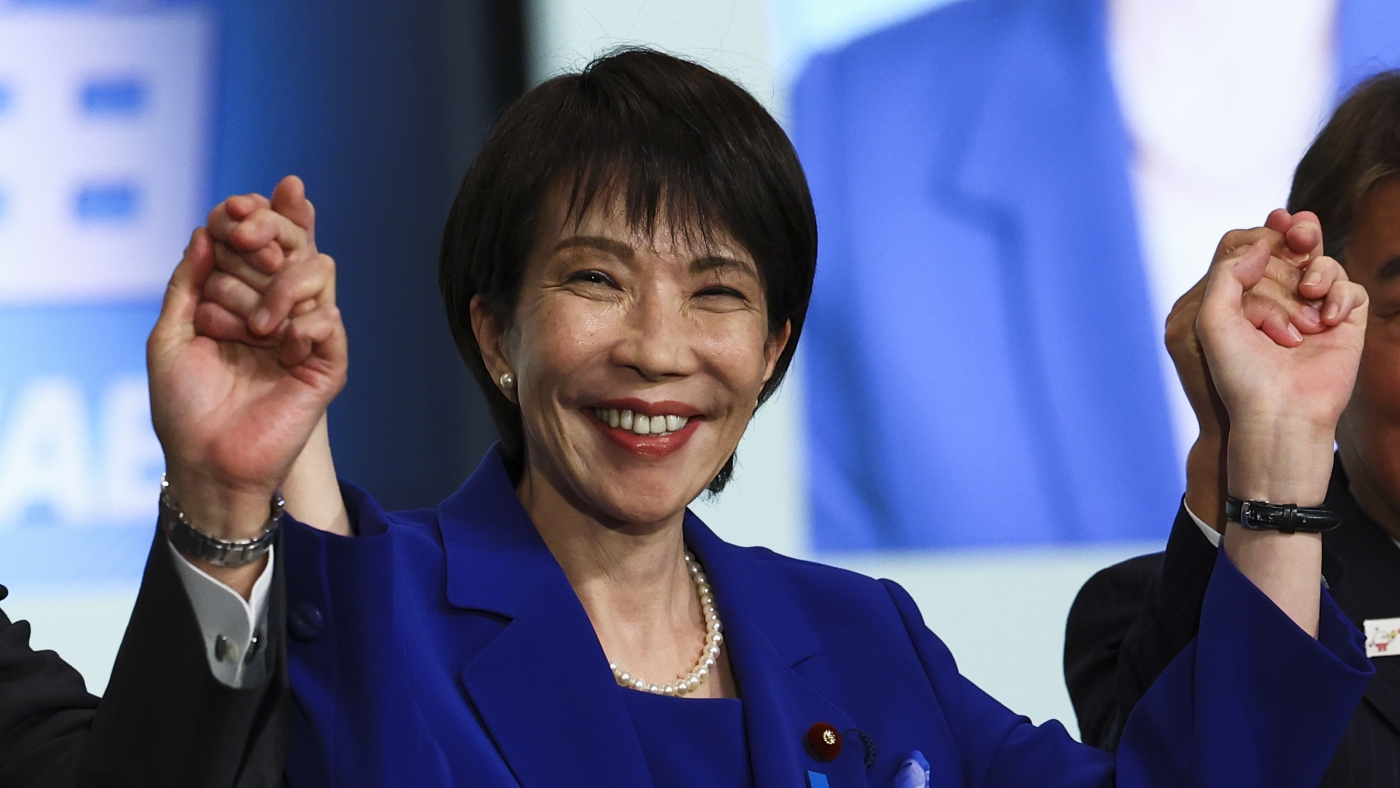Japan Mobilizes Military Amid Bear Surge: Deadly Attacks Spark Wildlife Crisis
#bear_attacks #wildlife #public_safety #japan #disaster_response

Japan Deploys Military Against Bear Surge
Japan has mobilized its military in the northern regions to confront a dramatic spike in bear attacks, with at least 12 fatalities and over 100 injuries reported nationwide since April. The crisis has prompted regional authorities to request Self-Defense Forces support, focusing on logistics like carcass removal and setting traps in high-risk zones. This marks a significant escalation in Japan’s response to what officials describe as its worst wildlife emergency in decades.
Roots of the Crisis
Experts point to a combination of factors: a poor harvest of nuts and berries, climate change affecting hibernation patterns, and an aging population of licensed hunters. Bears are increasingly venturing into towns, schools, and residential areas, driven by hunger and shrinking natural food sources. The situation has heightened anxiety among hikers and rural communities, with many altering outdoor plans and adopting new safety measures.
National Response and Safety
The government is coordinating with local agencies to implement comprehensive bear control strategies, including increased bounties and training for new hunters. Public awareness campaigns are urging people to avoid sudden encounters, manage food waste, and travel in groups. As bear sightings become more frequent, Japan faces the challenge of balancing wildlife conservation with public safety in affected regions.
About the Organizations Mentioned
Japan Self-Defense Forces
The **Japan Self-Defense Forces (JSDF)** are Japan’s unified military organization responsible for the defense of the country, operating under a unique constitutional framework that limits Japan to strictly defensive capabilities. Established in 1954, the JSDF consist of three main branches: the Ground Self-Defense Force (GSDF), Maritime Self-Defense Force (MSDF), and Air Self-Defense Force (ASDF)[1][2][5]. The JSDF’s primary mission is to defend Japan against aggression, maintain peace, and ensure national security without engaging in offensive military actions. This mission is enshrined in Japan’s post-World War II constitution, which forbids a traditional military and offensive warfare, thus the JSDF operates under civilian control with no military law or court martial system, a unique legal status distinguishing it from other global militaries[4][5][6]. The **GSDF** is the largest branch, focused on land defense with multiple regional armies and divisions distributed strategically across Japan to respond rapidly to threats[2][3]. It includes specialized units like armored divisions and rapid deployment brigades. The **MSDF** functions as Japan’s naval defense, protecting maritime boundaries with advanced destroyers, submarines, and patrol aircraft, and is regarded as one of the world's most sophisticated navies despite restrictions on offensive weapons such as aircraft carriers or nuclear submarines[1][4][5]. The **ASDF** is responsible for air defense, equipped with fighter jets, missile defense systems, and early warning units, and is increasingly collaborating with the U.S. on advanced missile defense technologies[1][5]. Historically, the JSDF developed during the Cold War with a focus on defending Japan from regional threats, especially from the Soviet Union, emphasizing forward deployment and readiness[6]. Over time, the JSDF has modernized, integrating advanced technology, improving interoperability among branches, and expanding roles such as disaster relief and international peacekeeping, reflecting a gradual broadening of its








